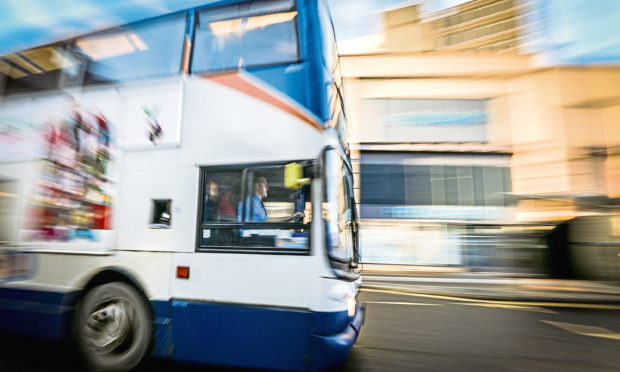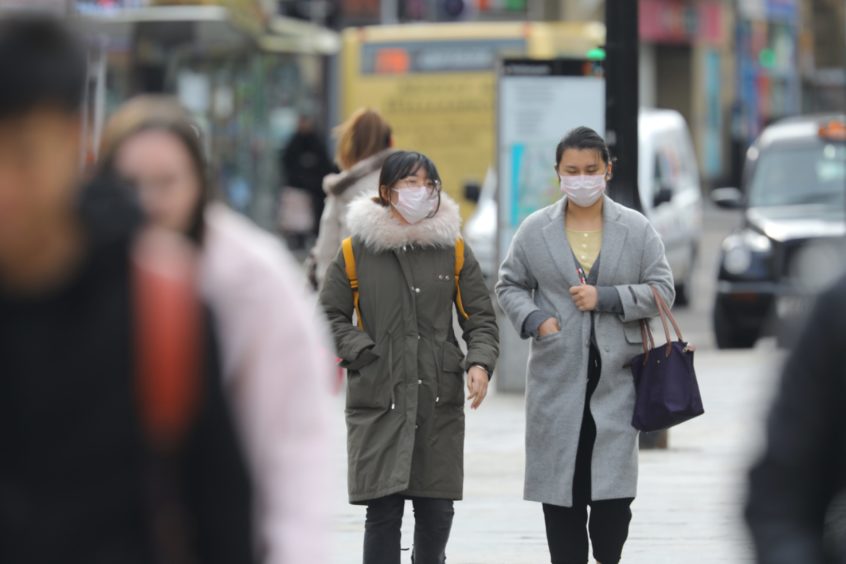New guidance for transport passengers and operators in Scotland has been produced ahead of the easing of lockdown restrictions.
Face masks
The Scottish Government has said that people should, and are expected to, wear a face covering on public transport.
On train services (including those of the Glasgow Subway), bus services and on the Edinburgh Tram, as well as at bus stations and railway stations, face coverings should be worn by all passengers and staff.
On ferry services, face coverings should also be worn by passengers and staff, unless the ferry is open to the elements and physical distancing can be achieved or the operator’s risk assessment concludes that the vessel is of such size that the configuration of facilities on the vessel permits adherence to physical distancing rules.
Face coverings are not recommended for young children or for those with health conditions for whom it would be inappropriate.
Guidance for the public
Stay at home if you or anyone in your household is experiencing coronavirus symptoms (new continuous dry cough, fever or the loss of, or a change in, your sense of smell or taste) or if you are self-isolating or you are shielding.
Only travel if your journey is essential; for example, for work or shopping.
Consider walking or cycling, if you can, to reduce pressure on the road network and on public transport, where capacity will be limited.
Plan your journey and leave additional time due to temporary restrictions or changes to previous timetables or schedules.
Pay for your journey online, use smart ticketing, the operator’s mobile app, or contactless payment, if you can, to reduce cash handling.
Comply with any signage or instructions on public transport or from transport staff, as the safety measures in place are for everyone’s benefit.
When travelling by bus, tram or rail you should, and are expected to, wear a face covering.
Keep yourself and others safe by maintaining the two-metre physical distance rule.
Where impossible to maintain two-metre distancing, avoid physical contact and face away from others, keep the time you spend within two metres of others as short as possible.
Be considerate of the impact of restrictions on the needs of fellow passengers who may have impairments, disabilities or mobility issues.
Wash your hands thoroughly with soap and water or use a hand sanitiser before and after every transport journey.
Guidance for transport operators
Produce your Covid-19 risk assessment, in consultation with staff and trade unions, share it with them and keep it under review.
Help staff to work from home, wherever possible.
Maintain two metres physical distancing, wherever possible, for staff and passengers on the transport network.
Implement measures to manage transmission risk, reinforce cleaning procedures and promote good hygiene regimes.
Communicate how safety measures are being implemented to staff and passengers and make clear what is expected of them.













